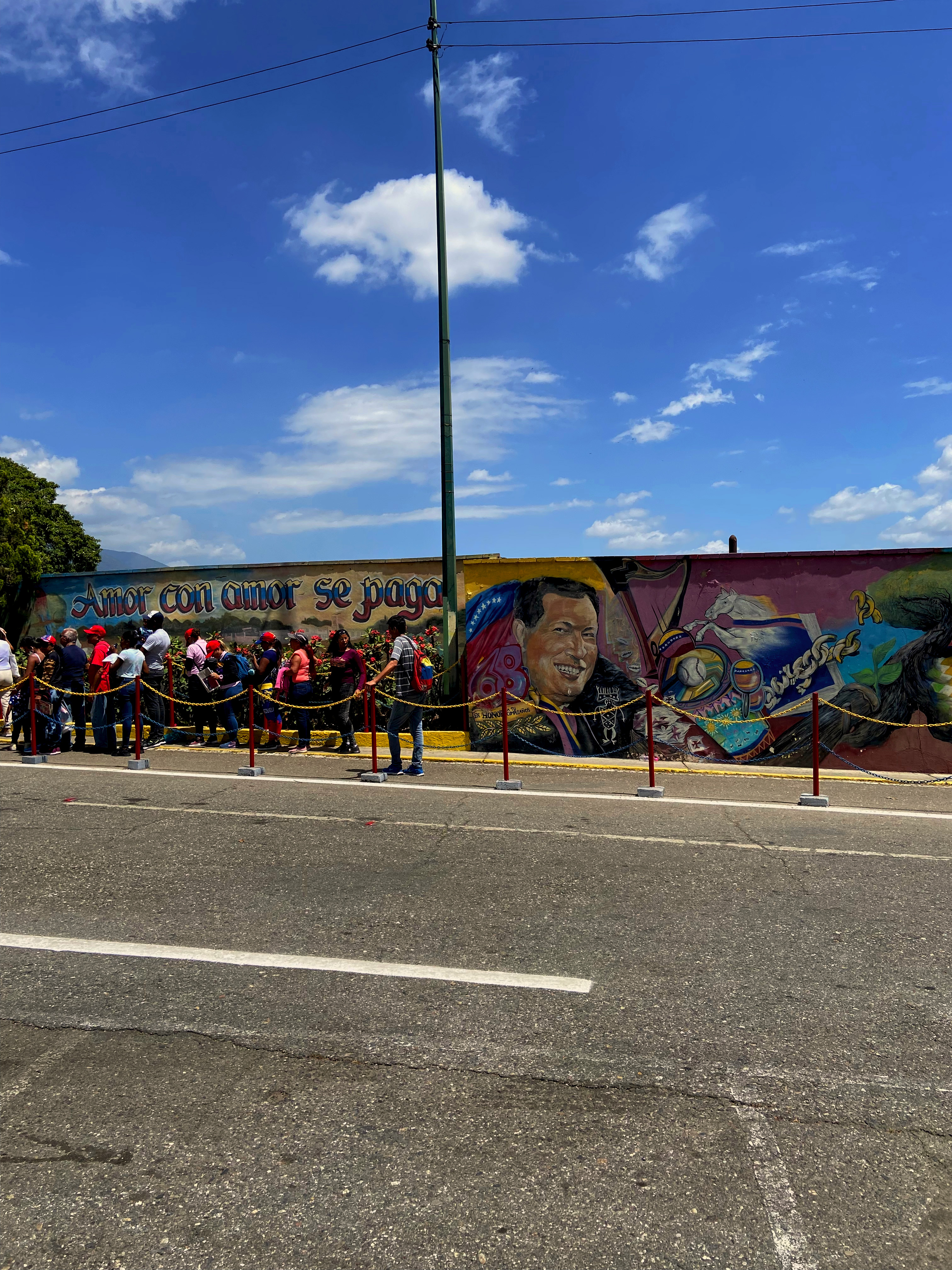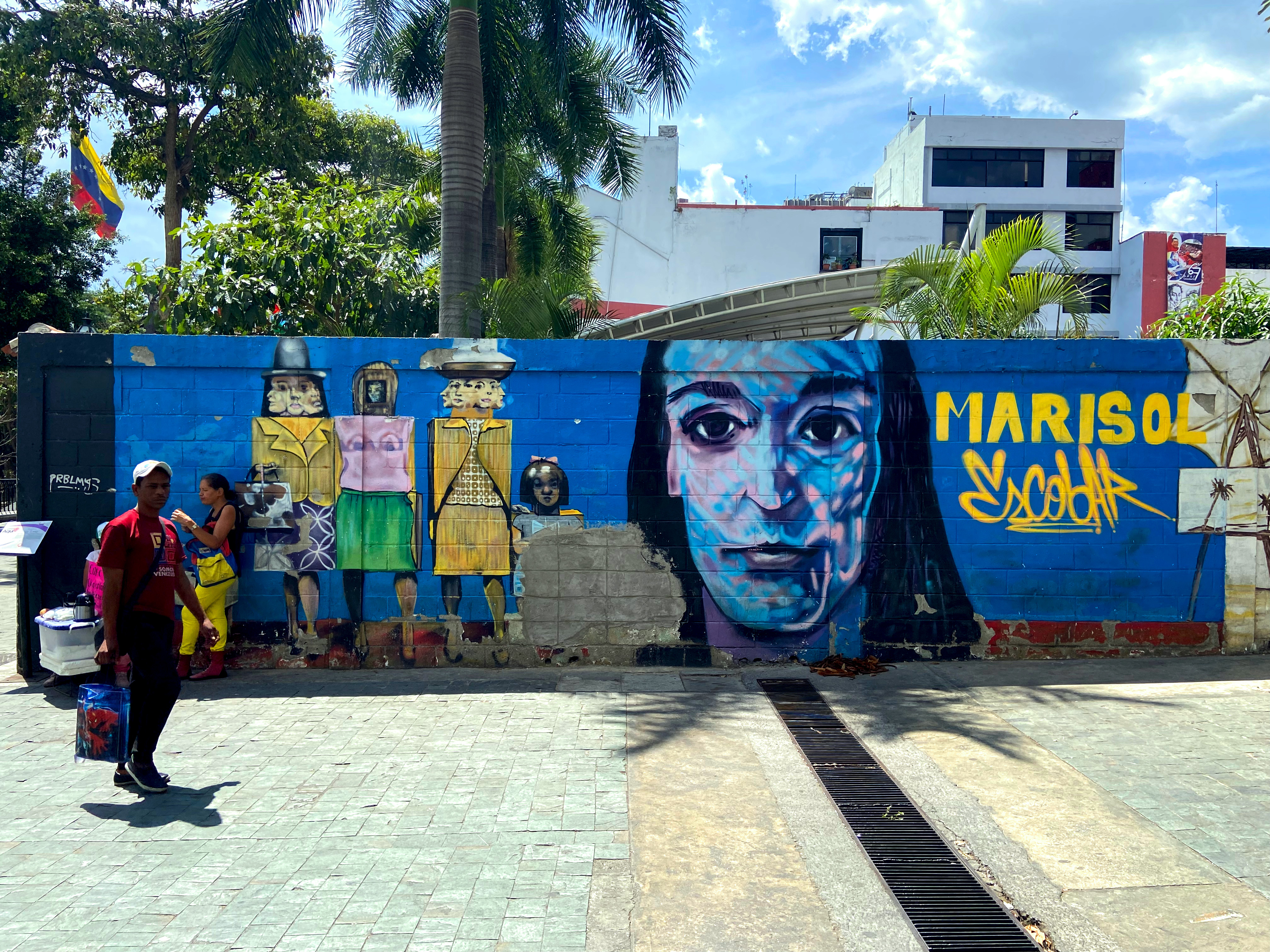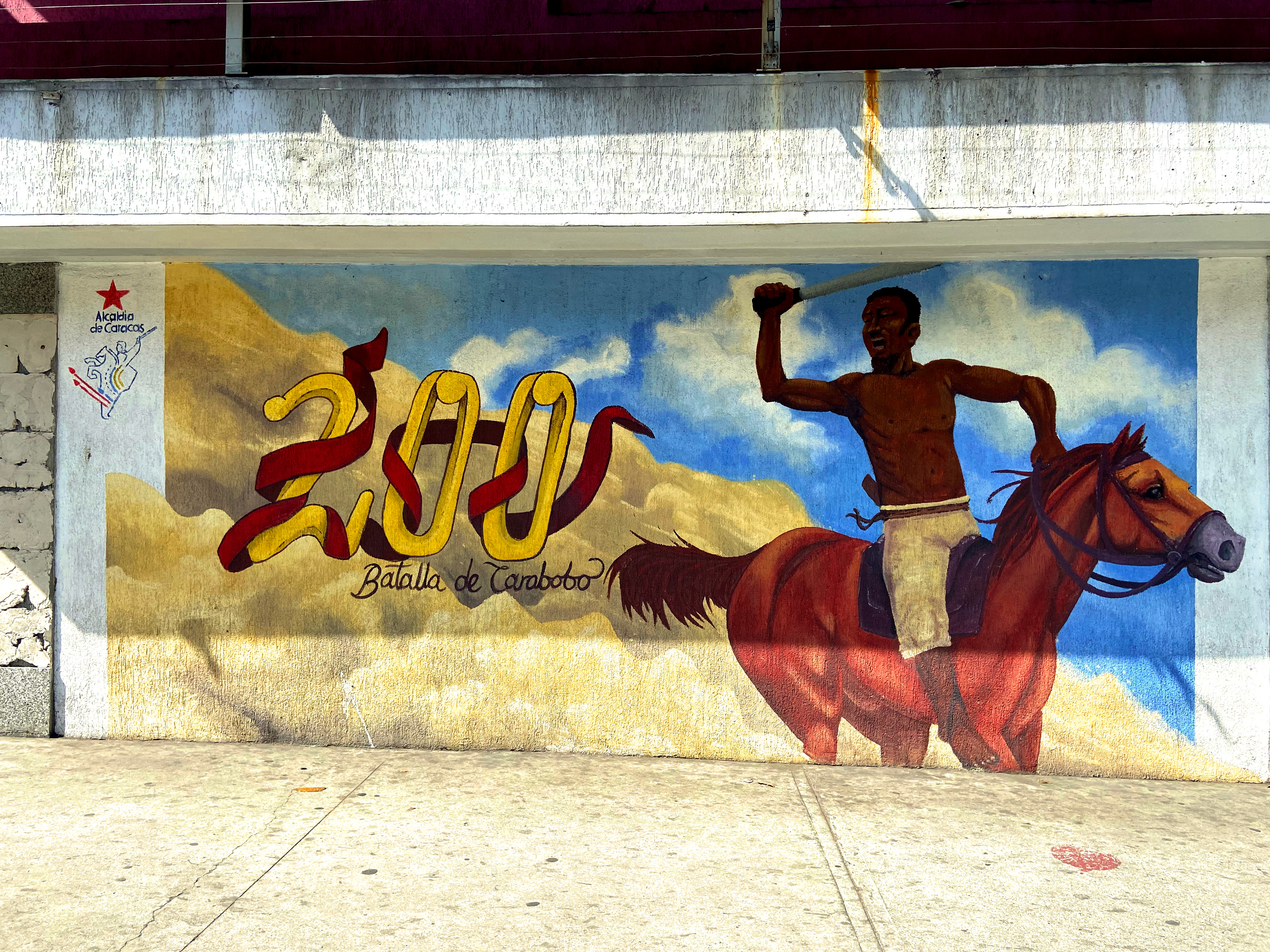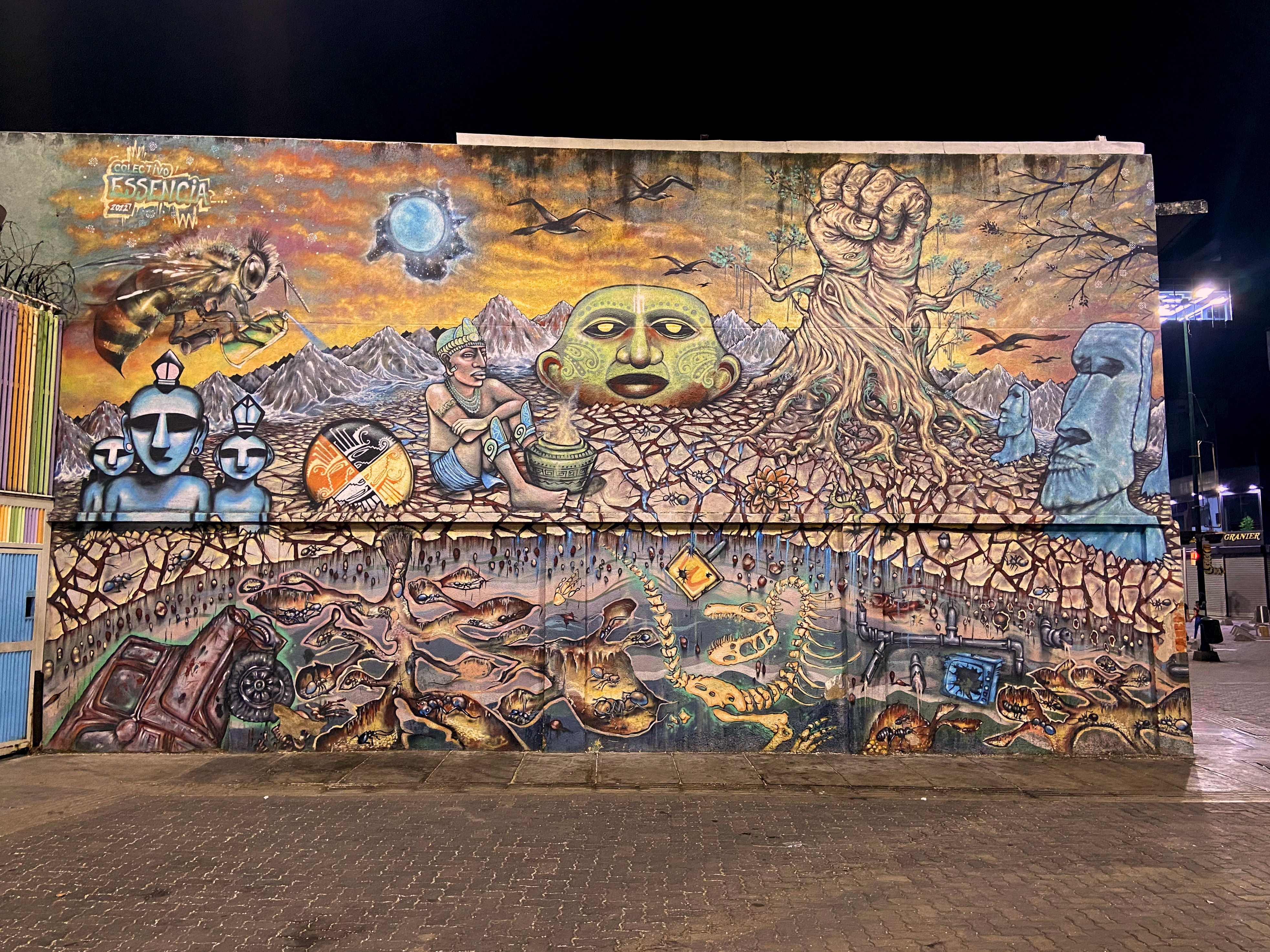fine art: venezuelan muralism and resistence
leo gimenes
07/06/2023
español
português


















Mural art or muralism has its origins in the early twentieth century, and was an inherent component of various Latin American artistic artworks and revolutionary movements. The themes of the murals frequently convened peasants and industrial workers, making allusions to quintessential left-wing icons whose emblematic symbolism remains interlaced with building revolution, national identity, and new paradigms. We can envision the iconic murals of Diego Rivera and David Siqueiros, synonymous to Mexican communist parties, anarchist groups, and trade union movements, as well as the groundbreaking work of Guatemalan Victor Aragón. There are also the incredible wood carvings by Ecuadorian Oswaldo Guayasamín, an artist of Quechua origin and also a proletarian, who had personality experienced the brutality of Ecuador's dictatorships. Further, we also have the works of Uruguayan Joaquín Torres García, who was deeply inspired by Soviet constructivism.
Making art outside of museums and galleries therefore predates graffiti and pixação by many decades, later forms of aesthetic expression to which conservatives nowadays attribute a negative connotation, associating these practices with marginality and lack of good aesthetic taste. There is, however, a common factor between these art forms, which is that they effectively leave specialized spaces. Street art is made for the general public, and is not interested in the trained eye of the curator or the gallery owner, which creates tension with the art market and has led to persecution, imprisonment, and all sorts of violence. In a way the wall although associated with notions of borders and distance, also has a lot of voice and power to transform; to transmit ideas to many people in a dynamic way, hence its highly political and, consequently, revolutionary potential. This form of art at times embarks the historical process that Walter Benjamin refered to as "politicization of art". In this instince, we observe an openly political, popular, and thereby communist response to creative making. It is, in return, in direct opposition to the "aestheticization of politics", a concept that refers mostly to the visual and advertising strategies of fascist governments.
In Venezuela, during the mandates of Comandante Hugo Chávez, the Bolivarian leader initiated a campaign in which he invited artists to occupy the streets of Caracas. With its immense concrete buildings that resemble of a tropical Soviet Union, the city constantly interacts with the gigantic green mountains that embrace it, creating a striking contrast. After visiting the city of Caracas for ten days, we noticed that the current government of Nicolás Maduro, it seems, is carrying out this project, which is proven by the images presented here. On every street corner we find a different mural design, frequently referring to the triumph of the revolution and/or to the legacy of Chávez and of the one who is considered the liberator of the nation, Simón Bolívar. Other murals address varied themes, exploring abstract forms, geometric planes, and all sorts of figurativeness, ranging from indigenous peoples, illustrious revolurionary musicians like Ali Primera and even dreamlike narratives embellished with creatures of regional cosmogonies. The set of images presented here is a sample of the diversity and richness of Venezuelan muralism today, its importance in building and maintaining the country's socialist revolution through art, and its aesthetic contribution on a global level.